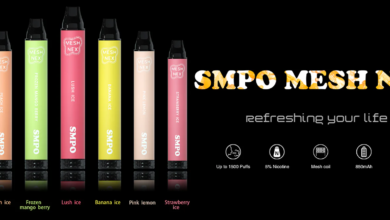Trademark Classifications: Navigating the Goods and Services Categories

Trademark registration is a vital step for businesses to protect their brand identity and prevent others from using similar marks. When registering a trademark, it is important to understand the concept of trademark classifications. Trademark classifications, also known as classes, help organize goods and services into specific categories, making it easier for applicants to file for registration. In this article, we will delve into the world of trademark classifications and explore how they can benefit your business.
What are Trademark Classifications?
Trademark classifications are a system that categorizes goods and services for trademark registration purposes. These classifications were established to provide a standardized framework for trademark offices worldwide. The system helps ensure that trademarks are registered in a logical and organized manner, making it easier for businesses and examiners to search, examine, and protect trademarks.
The Nice Classification System
The most widely used classification system for trademarks is the Nice Classification system. The Nice Classification system was established by the Nice Agreement, an international treaty that provides a framework for the classification of goods and services. This system divides goods and services into 45 classes: classes 1 to 34 for goods and classes 35 to 45 for services.
Navigating the Nice Classification System
Understanding the Nice Classification system is crucial for determining the appropriate class for your goods or services. Each class represents a specific category of goods or services, and it is important to choose the correct class during the trademark registration process. Let’s explore a few examples of how goods and services are categorized within the Nice Classification system.
Goods Classifications
Goods classifications cover a wide range of products. Class 1 includes chemicals and chemical compositions used in industry, science, and photography. Class 5 covers pharmaceuticals, medical and veterinary preparations, and sanitary preparations. Class 25 includes clothing, footwear, and headgear, while class 34 covers tobacco and smoking articles. These are just a few examples, and it is essential to consult the Nice Classification system or seek professional advice to determine the appropriate class for your specific goods.
Services Classifications
Services classifications encompass a broad spectrum of professional and commercial activities. Class 35 includes advertising, business management, and retail services. Class 42 covers scientific and technological services, while class 45 includes legal and security services. Just like goods classifications, it is crucial to carefully analyze the services you provide and choose the appropriate class accordingly.
Why are Trademark Classifications Important?
Trademark classifications play a pivotal role in the trademark registration process. Here are a few reasons why they are important:
- Specificity and Clarity: By classifying goods and services into specific categories, trademark classifications provide clarity and specificity. This makes it easier for businesses and examiners to identify and understand the nature of the goods and services associated with a particular trademark.
- Avoiding Confusion: Trademark classifications help prevent confusion and potential conflicts among similar trademarks. By organizing trademarks into classes, the likelihood of a new trademark being similar to an existing registered trademark within the same class is significantly reduced.
- Efficient Search and Examination: The Nice Classification system facilitates efficient searching and examination of trademarks. Trademark examiners can quickly identify relevant prior registrations within the same class, ensuring that new applications do not conflict with existing trademarks.
- International Standardization: The Nice Classification system provides a standardized approach to trademark registration across multiple jurisdictions. This simplifies the process for applicants seeking protection in different countries, as they can use the same classification system worldwide.
Conclusion
Trademark classifications are an integral part of the trademark registration process. Understanding the Nice Classification system and correctly identifying the appropriate class for your goods and services is crucial for a successful trademark application. By following the guidelines provided by the classification system, you can enhance the chances of obtaining trademark protection and safeguarding your brand identity. If you
are unsure about the classification of your goods or services, it is advisable to seek professional advice from a trademark attorney or agent to ensure accuracy and compliance with the relevant regulations.





